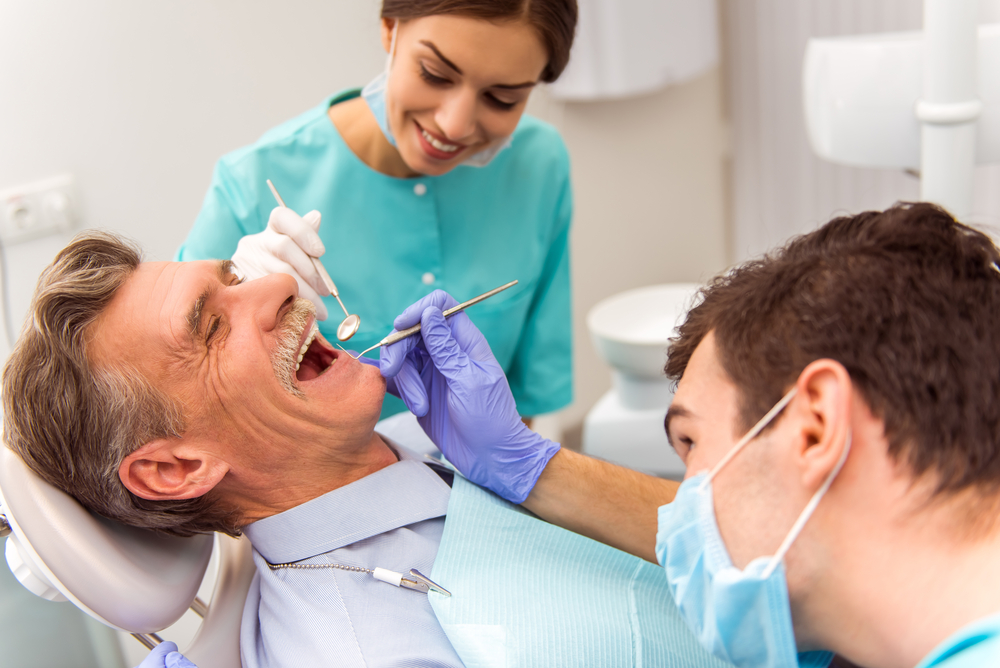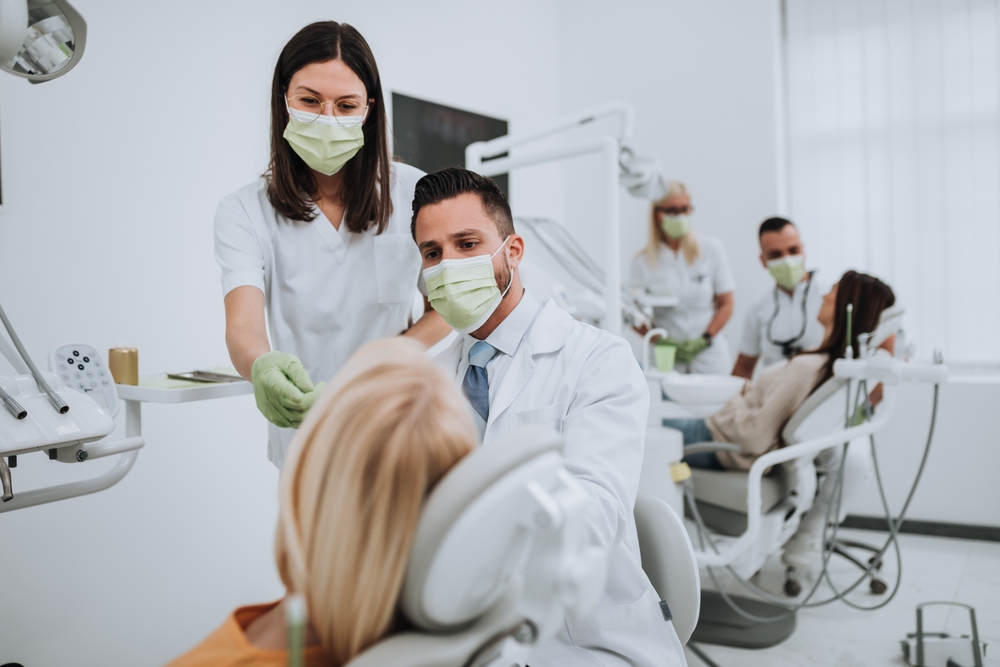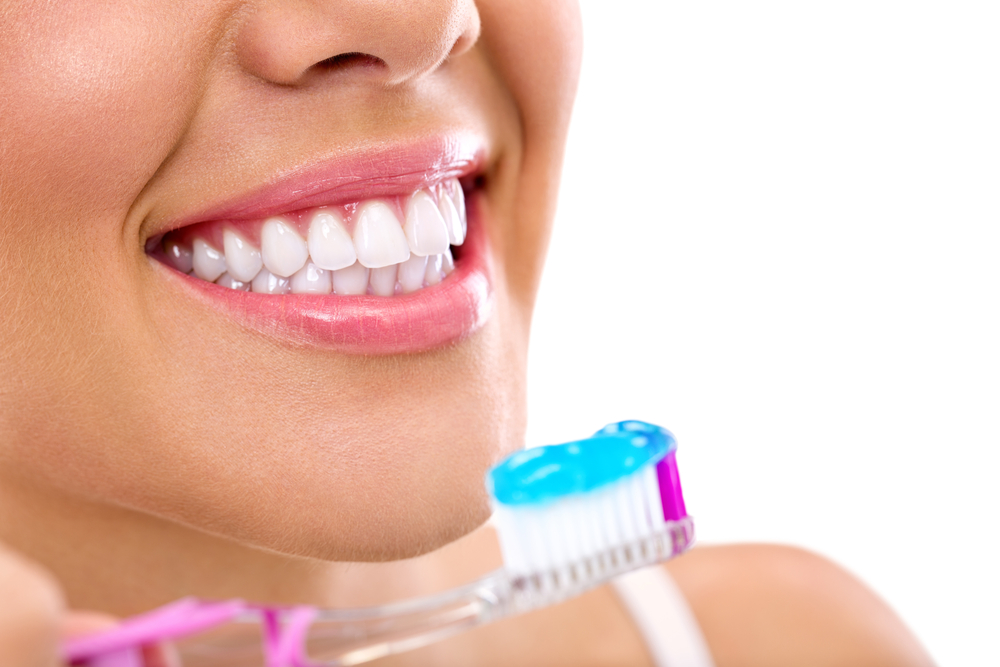1812 E. Broadway St.
Pearland, TX 77581
Are you dealing with a persistent dental infection that refuses to go away in spite of prior root canal treatment? Serving patients throughout Pearland, Pasadena, Fresno, and Alvin, Pearland Dental Group offers specialized apicoectomy procedures to preserve your natural teeth when conventional treatments fall short. Our experienced Pearland, TX, dentists, Dr. Rushi Dave and Dr. Mili Shah, utilize cutting-edge techniques to provide exceptional dental care.
For detailed information about our endodontic services or to schedule a consultation, contact Pearland Dental Group, your local Pearland, TX, dental practice, at (281) 993-9900.
An apicoectomy, also referred to as root-end resection or periapical surgery, is a minor surgical procedure designed to address persistent infections that remain after failed root canal therapy. This microsurgical approach involves the precise removal of the infected root tip (apex) and the inflamed or infected tissue surrounding it, followed by the placement of a specialized seal to prevent future bacterial infiltration.
Located in the heart of Pearland, our practice combines advanced dental technology with personalized patient care. Dr. Rushi Dave and Dr. Mili Shah bring years of training in endodontic surgery, ensuring you receive the highest standard of care available in the greater Houston area.
Our state-of-the-art facility is conveniently situated near many of Pearland’s beloved landmarks, including the historic Pearland Town Center and the beautiful Centennial Park. Patients often appreciate visiting our office before or after taking a stroll through the scenic Pearland Recreation Center and Natatorium. The rich agricultural heritage of our community, once famous for its pear orchards that gave the city its name, reflects our commitment to growth, care, and nurturing – values we bring to every patient interaction.
We understand that dental procedures can feel overwhelming, which is why our team takes extra time to ensure you feel comfortable and informed throughout your treatment journey. Our convenient location makes us easily accessible to residents of Pasadena, Fresno, Alvin, TX, and surrounding communities.
Root end surgery offers numerous advantages that make it an excellent alternative to tooth extraction:
Dr. Dave and Dr. Shah conduct thorough evaluations to determine if you may need an apicoectomy as the most appropriate treatment option for your specific situation. Several factors influence candidacy:
At Pearland Dental Group, we prioritize patient comfort and successful outcomes throughout every step of the apicoectomy process, which is typically performed by an endodontist:
While an apicoectomy is not typically painful due to effective anesthesia, some discomfort is expected after the endodontic surgery and can be managed with proper care. Proper post-operative care is essential for successful healing and optimal outcomes.
Here are some key guidelines to follow after your endodontic surgery:
Immediate Post-Surgery (First 24 Hours):
Days 2-7:
Long-Term Healing (2-4 Weeks):
This endodontic treatment typically requires 45-90 minutes, depending on the complexity of the case and the tooth’s location. Front teeth generally require less time than back teeth due to easier access and simpler root anatomy.
Most patients experience mild to moderate discomfort similar to that following a tooth extraction. Pain typically peaks within the first 24-48 hours and gradually subsides. Over-the-counter pain relievers or prescribed medications effectively manage post-operative discomfort.
While soft tissue healing occurs within one to two weeks, complete bone healing around the root tip takes approximately three to six months. Follow-up appointments allow Dr. Dave or Dr. Shah to monitor healing progress through clinical examination and X-rays.
Most dental insurance plans recognize apicoectomy as a covered endodontic procedure, particularly when performed to save a tooth that would otherwise require extraction. Our office staff will verify your benefits and help maximize your insurance utilization.
Alternatives include endodontic retreatment (if feasible), tooth extraction followed by implant placement, or extraction with bridge construction. However, preserving the natural tooth through apicoectomy is generally the most conservative and cost-effective option.
When performed by experienced endodontic specialists like Dr. Dave and Dr. Shah, apicoectomy procedures have success rates of 85-95%, making them an effective option to save at-risk teeth. Success depends on factors such as the tooth’s condition, patient health, and adherence to post-operative care instructions.
If you receive only local anesthetic, you can typically drive yourself home. However, if sedation is used, you’ll need someone to drive you to and from the appointment.
Don’t let persistent tooth pain compromise your quality of life. The experienced team at Pearland Dental Group, led by Dr. Rushi Dave and Dr. Mili Shah, is committed to helping you preserve your natural teeth through advanced apicoectomy procedures.
Our modern facility in Pearland serves patients throughout the greater Houston area, including Pasadena, Fresno, and Alvin. We combine cutting-edge technology with compassionate care to ensure your comfort during the surgical procedure and successful treatment outcomes.
To learn more about apicoectomy treatment in Pearland, TX, or to schedule your consultation, contact Pearland Dental Group today at (281) 993-9900. Our knowledgeable team is ready to answer your questions and help you take the first step toward optimal oral health.





Our clinic offers all kinds of services and constantly study new
technology to add new custom services to the list
Phone: (281)993-9900
Address: 1812 E. Broadway St. Pearland, TX 77581
Copyright © 2021 Pearland Dental Group | Managed by Now Media Group